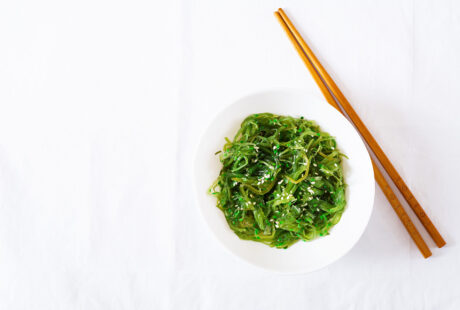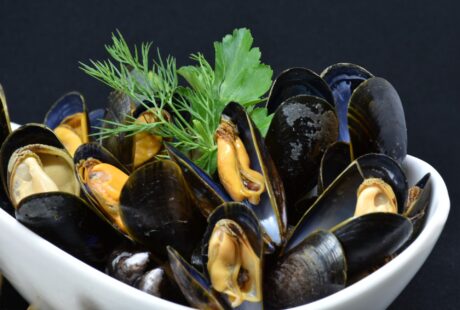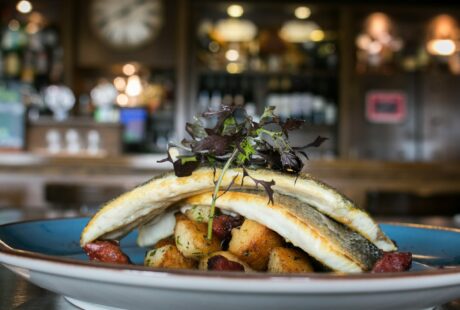For years, Europe’s food policy conversations have been dominated by the need to shift away from industrial meat and dairy to plant-based and alternative proteins. Yet one crucial part of the conversation remains conspicuously absent: seafood.
The omission is striking. Europeans are one of the world’s biggest seafood consumers, as demand is rising across the whole EU. This has profound environmental and social consequences.
Industrial fishing is a major contributor to climate change, with fuel-intensive fleets, habitat destruction from bottom trawling, and emissions from supply chains. Europe’s appetite for fish is outpacing what the ocean can provide, putting severe pressure on marine ecosystems, coastal communities, and food security worldwide. Meanwhile, aquaculture, which has now surpassed wild fishing in production, comes with its own set of problems: habitat destruction, pesticide and antibiotic use, and a heavy reliance on wild-caught fish as feed. Reimagining how seafood is produced and consumed is therefore central to achieving sustainable food systems.
Yet seafood is rarely questioned in the way meat is. While plant-based meat alternatives and oat drinks have become symbols of sustainable eating, the sustainability and health risks of seafood remain largely unexamined in public discourse and policy-making and seafood is often even perceived as a climate-friendly alternative to red meat – but the reality is much more complex.
Emerging alternative proteins, whether plant-based, fermentation-derived or cell-cultured, offer a pathway to reducing pressure on land and sea. Yet in Europe’s food transition strategies, alternative seafood remains a footnote at best. Integrating alternative seafood into Europe’s policy strategies could accelerate a just transition. This is the topic of a new report from Seas At Risk, which looks into how Europe’s seafood transition should take shape.
Technologies such as algae-based proteins, precision fermentation, and cultivated seafood are advancing rapidly, offering a way to maintain seafood flavours and nutritional benefits while reducing environmental harm. Algae present an exciting low-impact protein alternative. However, the development of alternative seafood must be guided by strong governance to ensure that it serves public health and environmental sustainability. Without such oversight, there is a significant risk of unintended consequences, including uncontrolled industrial expansion, adverse side effects, and the consolidation of market power into the hands of a few actors
Europe’s seas, fishers, and consumers deserve policies that reflect the full picture of our food system. That means treating seafood with the same scrutiny and innovation that are rightly applied to other food sources. If we are serious about transforming food systems, we must extend the conversation to include seafood and its alternatives.
Posted on: 10 October 2025



